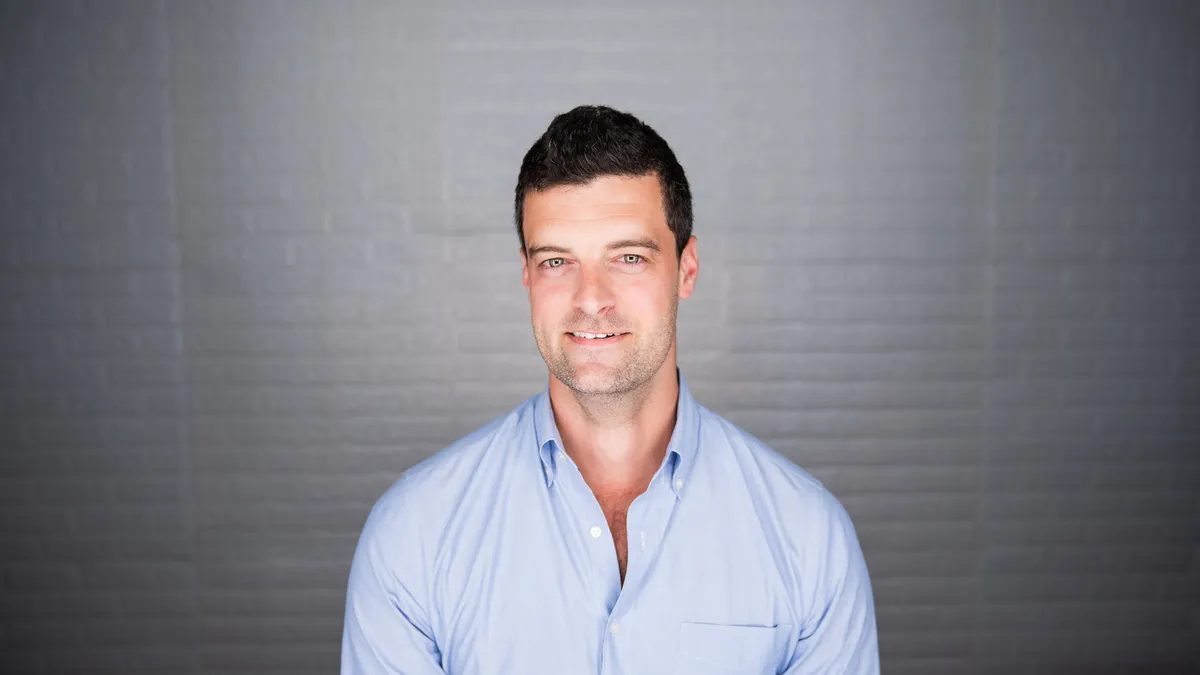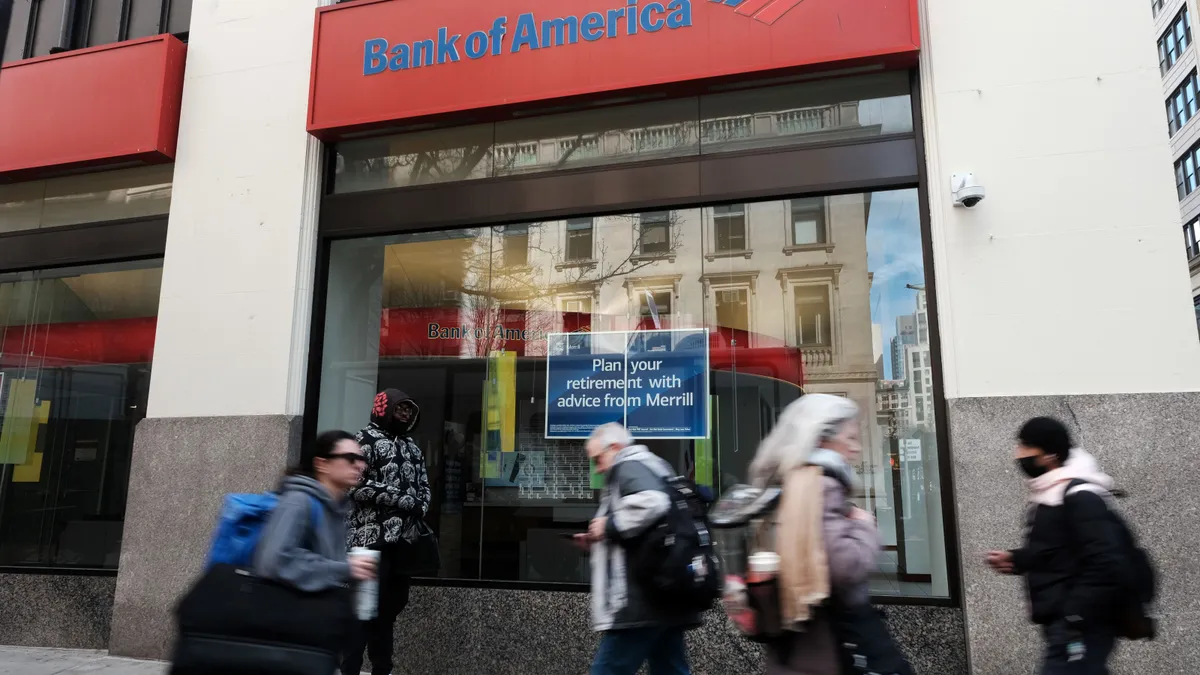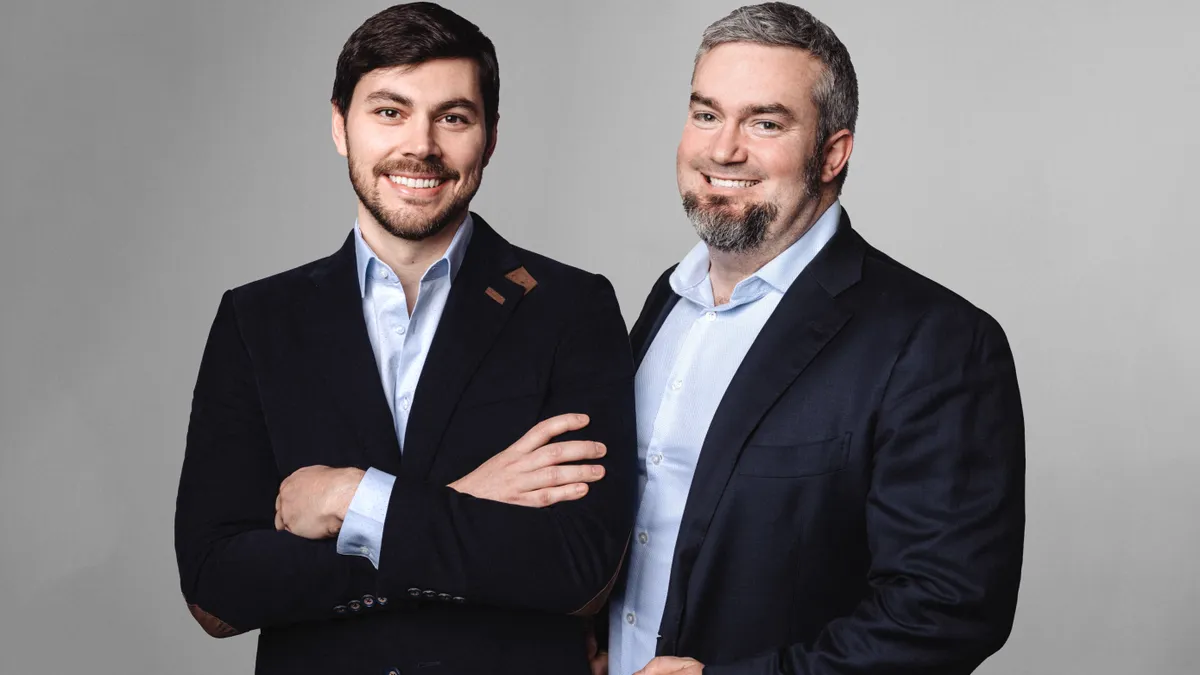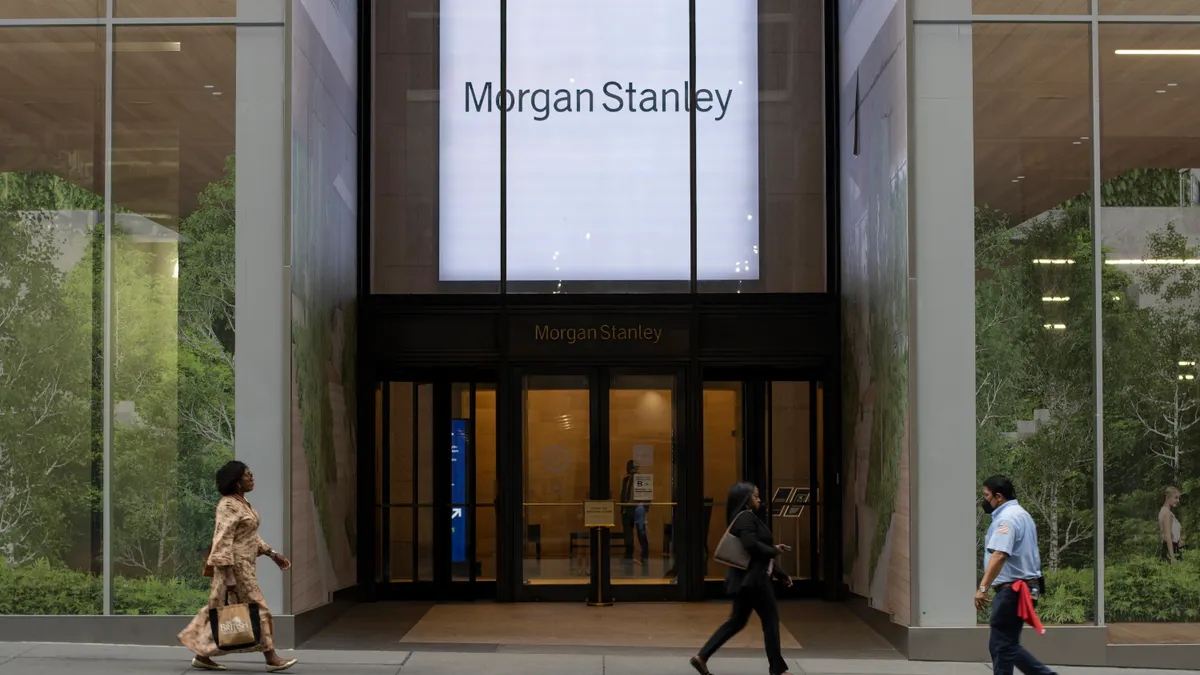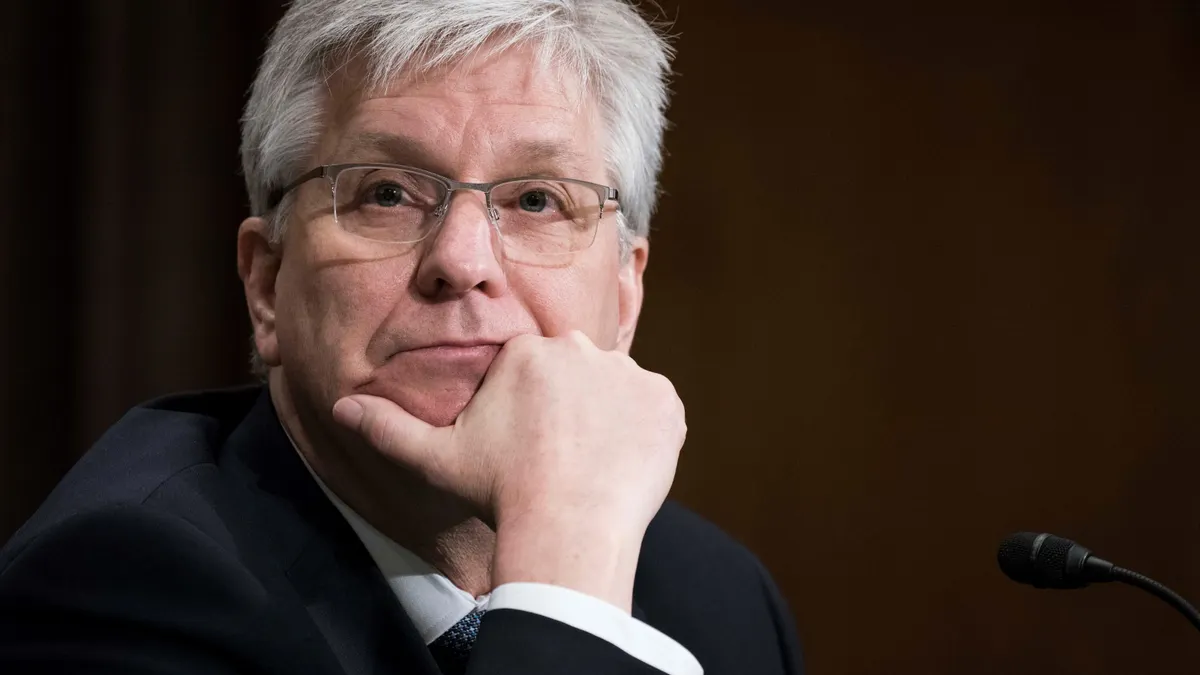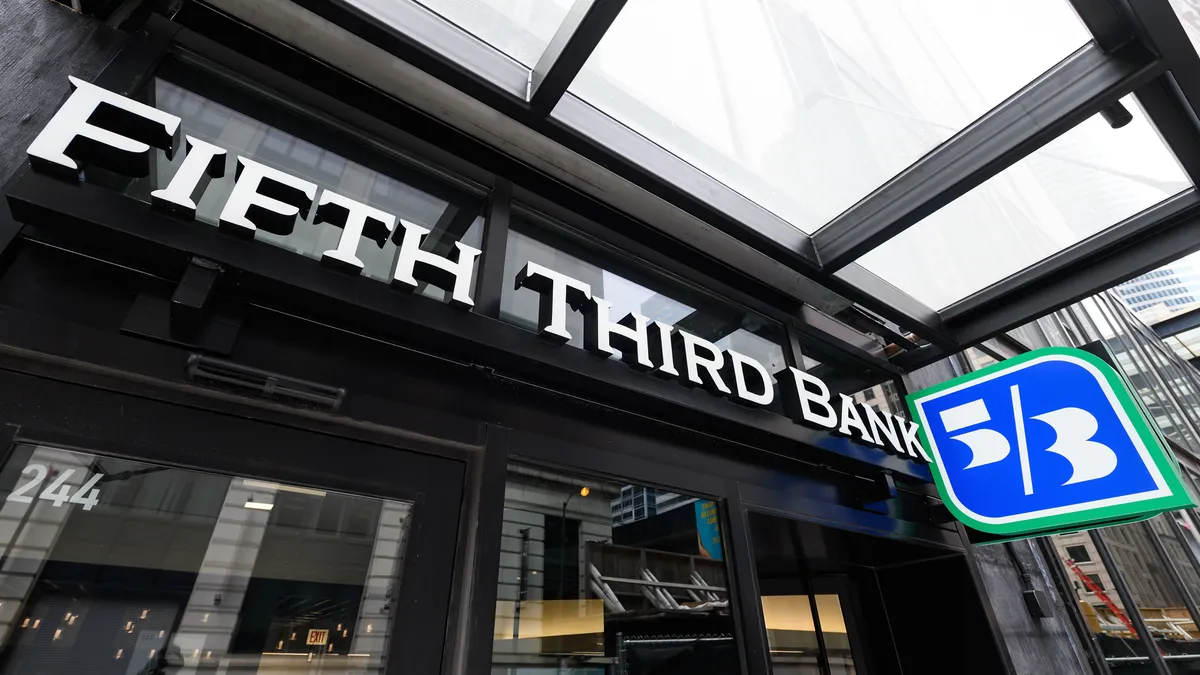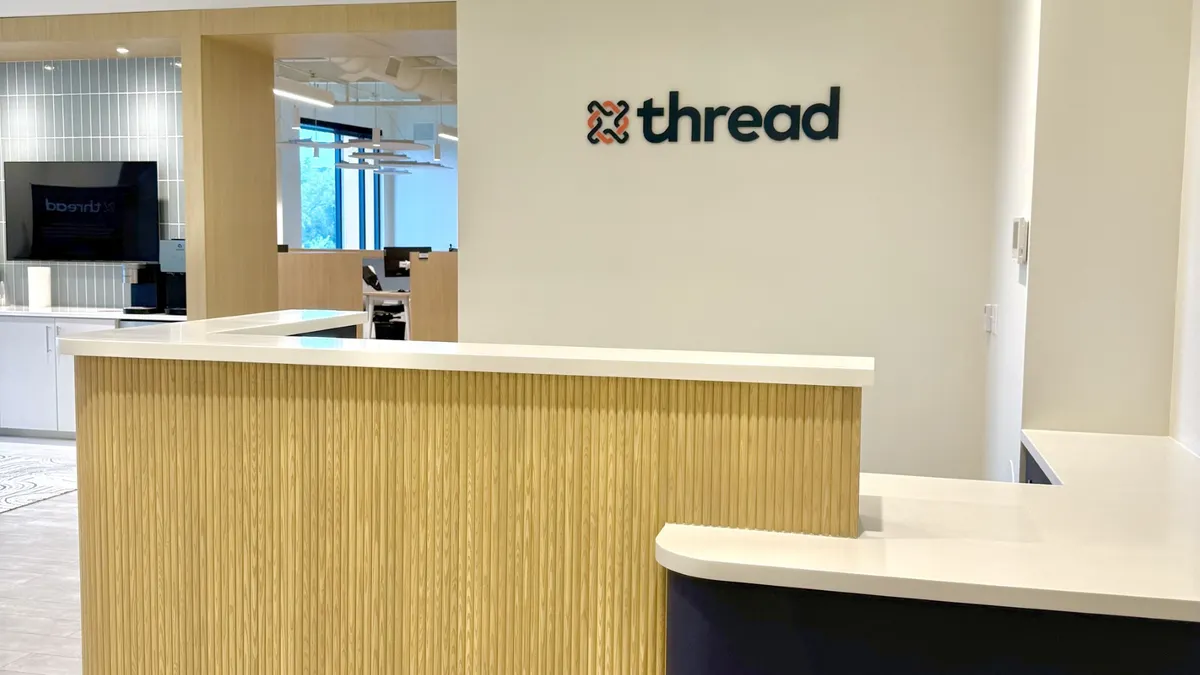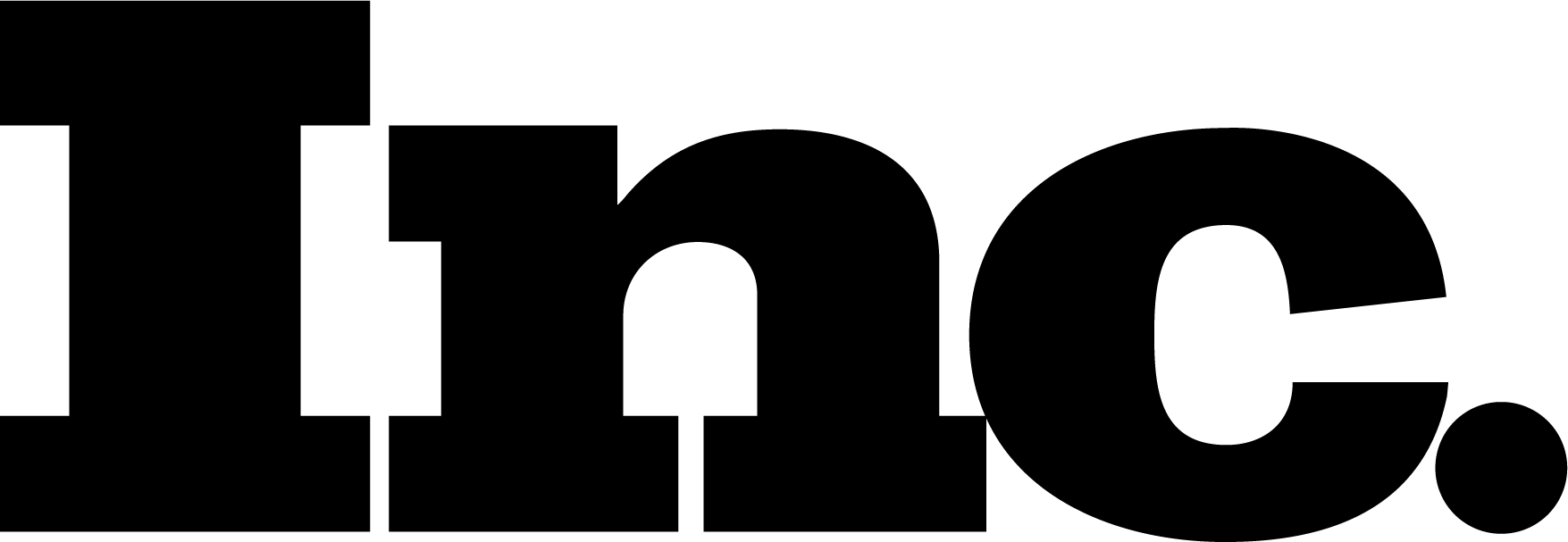Stash’s Money Coach, an AI-powered financial advising tool, has seen a favorable impact on its financials, with the company seeing deposits surpass its withdrawals.
The New York-based fintech has sought to help consumers build better financial habits by advising them on long-term investing ideas. Every month, Stash helps 1.3 million subscribers and has nearly $4.3 billion in assets under management, Ed Robinson, co-founder and co-CEO of Stash said during an interview with Banking Dive.
The company has shifted from “burning a lot of cash” to growing revenue in the last couple of months and being free cash flow positive – for the first time in the company’s history – while returning to growth.
“We don't see [Money Coach] as the savior of the world of AI. We see it as a tool that can help drive really efficient and smart decisioning for our customers within our ecosystem,” Robinson said.
Robinson co-founded Stash with Brandon Krieg in 2015. Robinson and Krieg returned in September as co-CEOs after then-chief executive, Liza Landsman, stepped down.
About 86% of Stash customers are first-time or beginner investors, many of whom have never had access to personalized financial advice.
Now, nearly one in four users takes a step toward diversifying their portfolio, buying or depositing after connecting with Money Coach within 15 minutes – up 116% since September, Robinson said, highlighting Stash customers make an average deposit of $45 per week.
Many people want to invest but lack proper advice on taking the first step, Sarika Doshi, senior vice president and head of marketing at Stash said, adding that customers tend to feel overwhelmed by the number of financial products in the market.
“It is often the case that the lack of advice actually is the biggest hurdle to getting started,” Doshi told Banking Dive.
AI will continue to play an important role in Stash’s operation, Robinson said.
“It’s going to be touching the whole business, all across from the way we message our customers…the way that customers reach out to us, the way they get advice, the way we personalize the advice, the way we interact as leaders to our employees, everything,” he said.
Editor’s note: This interview has been edited for clarity and brevity.
BANKING DIVE: How do you differentiate yourself from rivals?
ED ROBINSON: Our biggest moat is that we are a registered investment adviser. [We do business] with fiduciary and so we do not try to get our customers to trade in and out. We provide recommendations, and we centrally provide financial education. That's one pillar. The second pillar is the target of the market we're going for. We aren’t looking for the big whales. We’re not looking for higher earners. We’re looking for everyday Americans. We’re looking to help them make the right investment decisions. We’re not like a Robinhood. We’re not like a world fund where we need people who have some money to trade actively. We’re a subscription business model. So, what we want to focus on is driving a really solid product through advice and education.
There’s some concern that AI-generated results aren’t always accurate. What do you make of that?
We’re always training and updating the way the models are working, but the way we look at it is we’ve got a very, very highly trained and highly efficient model that’s looking at customers’ accounts and...[at their] risk profile.
It analyzes your portfolios, and then it helps make recommendations inside the Stash app, which is gated, which people pay a subscription for, and customers get an elevated and very customer-centric experience.
So, it’s not as simple as just a chatbot anymore. Chatbot is so done. When we look at the questions that our customers are looking for and what they’re actually asking for, the No. 1 question is: What is my next best action? We provide that in the app. “You should diversify, should turn on Auto-Stash.”
The second biggest question is: How am I doing? That’s what our customers are looking for, and the way that we’re analyzing that data is looking against customers based on segment, based on cohorts, based on risk profiles, based on zip codes, to actually give people advice, like, “Hey, you’re actually doing really well,” or “actually you’re too exposed to, say, Tesla right now, think about these three or four investments that could help you get diversified.” These are ways that we’re going to utilize it.
How do you see the fintech space evolving, and what is Stash’s role in this evolution?
There are tons of things happening right now with X getting into banking, accounts and trading. You’ve got Square, you’ve got the Robinhoods and the trading brokerages. You’ve got the old incumbents. There are still over 5,500 financial institutions in the U.S. I think it’s going to become much more of a digital play and there’s going to be a lot more consolidation over the years, because the product offerings and the servicing through the technology that’s been built over the last few years are only speeding up.
You want products like Stash that provide customer-centric advice and recommendations to help because it’s getting more and more complex. Do you buy crypto? Do you buy international? Do you buy bonds? How much should you be investing? When should you be investing? This is where financial advice needs to come down to everyday Americans so they can make the right decisions and make sure they set themselves up correctly.




